by Craig Johnson
I recently—for a variety of reasons: good, bad, and otherwise—returned to a text that has often served as a mentor-guide for me, as a leader: Sun Tzu’s, The Art of War. This time I approached it with a significant shift in mind. My lens was: The literal and metaphorical “onslaught” of AI, on the way we work. I was unsurprisingly fascinated (as I always am) by the relevance and clarity of Sun Tzu’s philosophy and guidance.
The Art of War stands as a timeless masterpiece in the annals of strategic literature; and Tzu (a Chinese military general and philosopher) provides insights, far beyond his initial subject of ‘the battlefield.’ His lessons have resonated for 25 centuries. His eloquent text underscores the essence of effective leadership from understanding adversaries (challenges, obstacles, competition, etc.) to leveraging surprise tactics (innovations, evolutions, and creative solutions to wicked problems).
Here’s my thinking on how Sun Tzu might coach us, as educators, to navigate the uncharted seas of leadership (successfully and effectively) in the age of artificial intelligence.
“All warfare is based on deception:” Just as in warfare, strategic deception is crucial when integrating AI into schools (or any organization, for that matter). Transparency is essential, but sometimes revealing the full extent of AI capabilities—especially when you are talking about replacing a part of what someone has been doing, and doing well, for a very long time) upfront might cause unnecessary resistance. Instead, leaders should gradually introduce AI tools, emphasizing their benefits and addressing concerns proactively. By managing perceptions, we can foster a smoother transition.
“If you know the enemy and know yourself, you need not fear the result of a hundred battles:” The depth to which a leader understands both AI technology (algorithms, data privacy, ethical implications, etc.) and its relevant place in an ecosystem, as well as your specific educational context (your school’s readiness, infrastructure, stakeholder perspectives, etc.) is directly correlated to the success, momentum, and stability of the integration. Explore AI’s potential impact on teaching, learning, and administrative tasks as you consider the specific needs and priorities of your school community—not everything has to evolve at once nor does it all have to happen NOW! Knowing these factors will empower you to make informed decisions about AI adoption.
“In war, the way is to avoid what is strong and to strike at what is weak:” Rather than replacing existing strong teaching, operational, and administrative practices, AI should complement and enhance them. At the same time, you need to identify areas where AI can address weaknesses or inefficiencies; such as: repetitive administrative tasks and processes, personalized learning gaps, resource allocation challenges, adaptive learning platforms, and data-driven decision-making.
“When you surround an army, leave an outlet free. Do not press a desperate foe too hard:” When implementing AI, consider the human element. Teachers and staff may feel threatened by AI. Provide training, support, and opportunities for collaboration—that metaphorical “outlet for the foes;” which, in this case, would be anxiety, resistance, and the desire for individual pacing. Avoid overwhelming them or assuming ‘one size fits all.’ Gradual implementation with clarity of a path (or better yet: paths) as well as benefits (supported by data) will ease the transition.
“Regard your soldiers as your children, and they will follow you into the deepest valleys:” Treat your educators and staff with empathy and respect. Involve them in AI discussions (from the very beginning), address their concerns (honestly and actively), and provide ongoing and personalized professional development. When they see AI as a tool that supports their work (and makes them better at what they do; plus, saves them precious TIME), and you as the leader who is committed to their growth and joy, they’ll embrace it willingly.
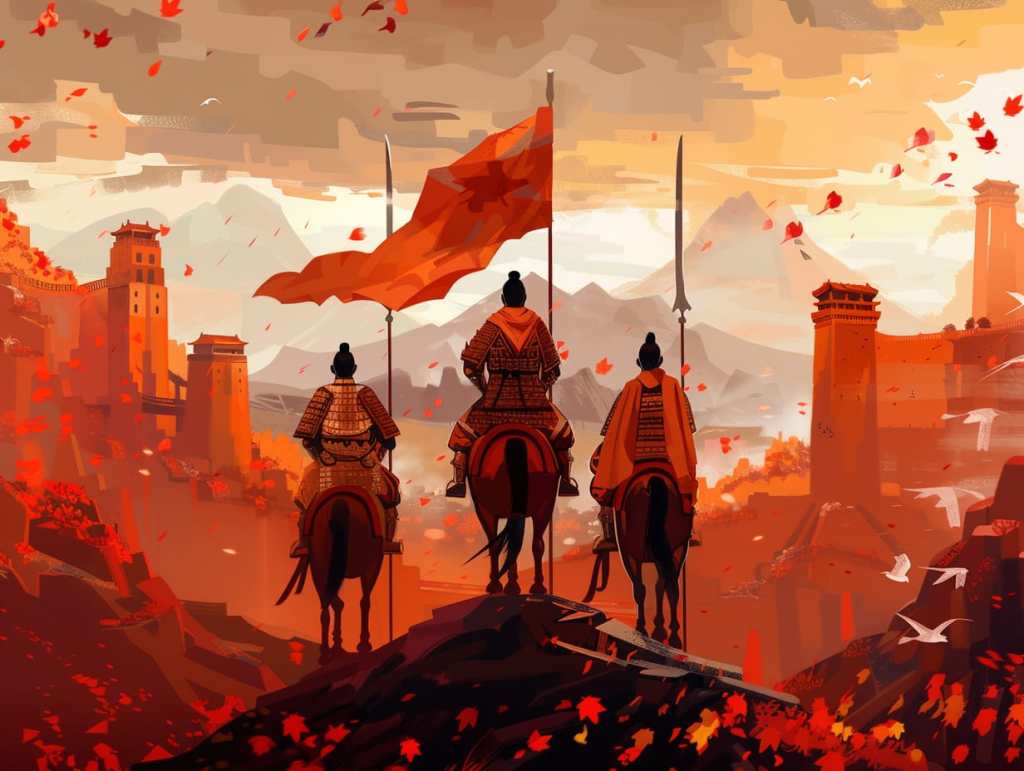
If Sun Tzu was a member of our team, at UnconstrainED, he would work with educators and leaders to value the planning of how best and most effectively (financially, culturally, and politically) to ‘win the war of AI integration.’ He would emphasize that we must commit to creativity, flexibility, and to being ‘brilliant at the basics of project-execution.’ He would push us to reflect upon and polish our communication, systems of self-assessment, and contingency planning. And, above all, he would counsel us to never lose sight of the ultimate goal; which is: Not to conquer but to empower and uplift our educational communities.
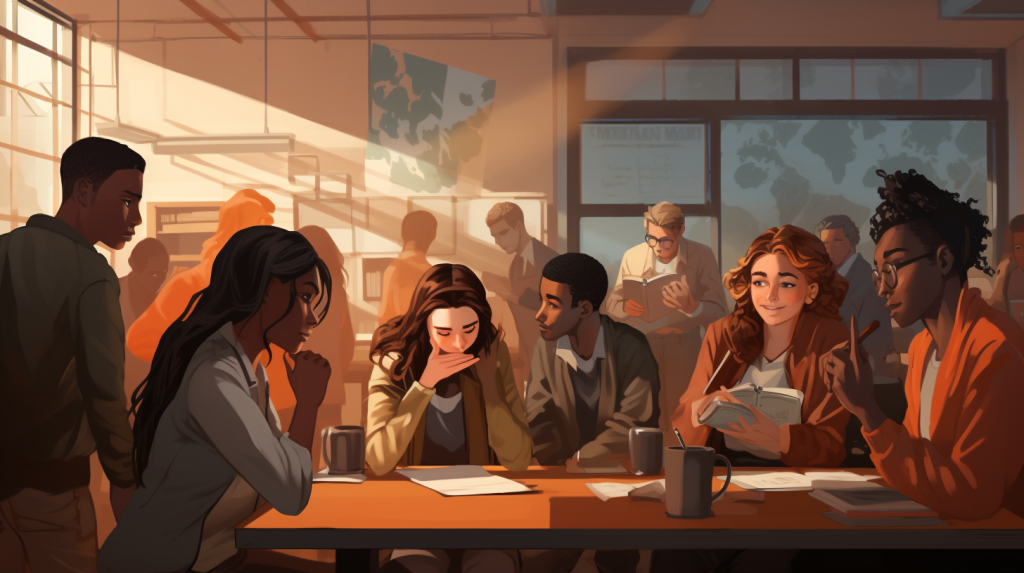
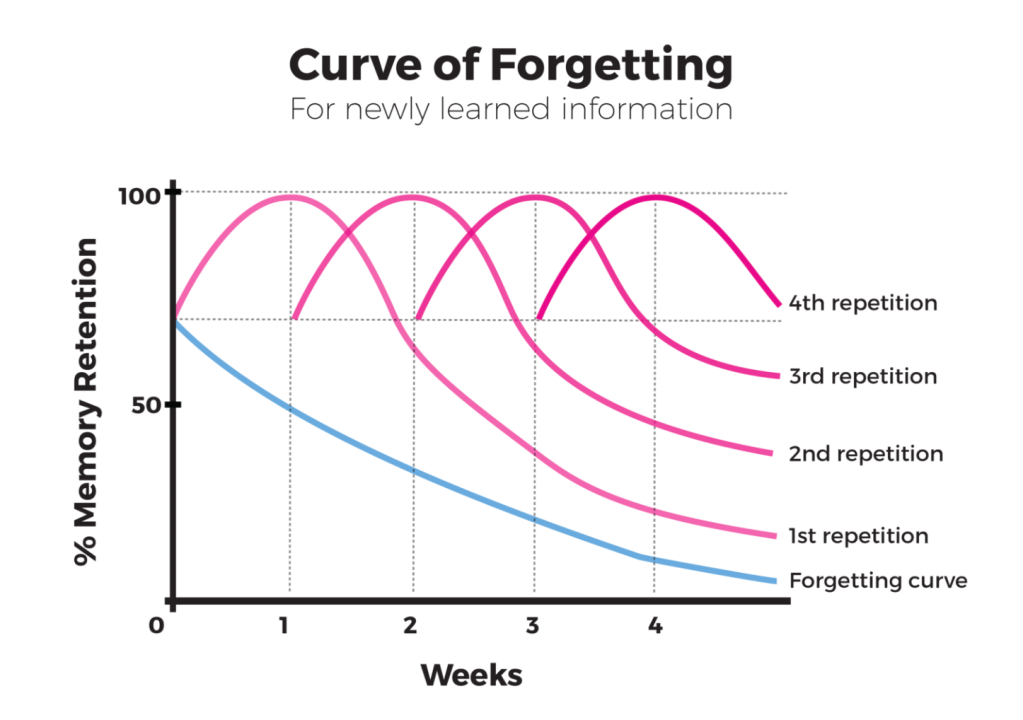

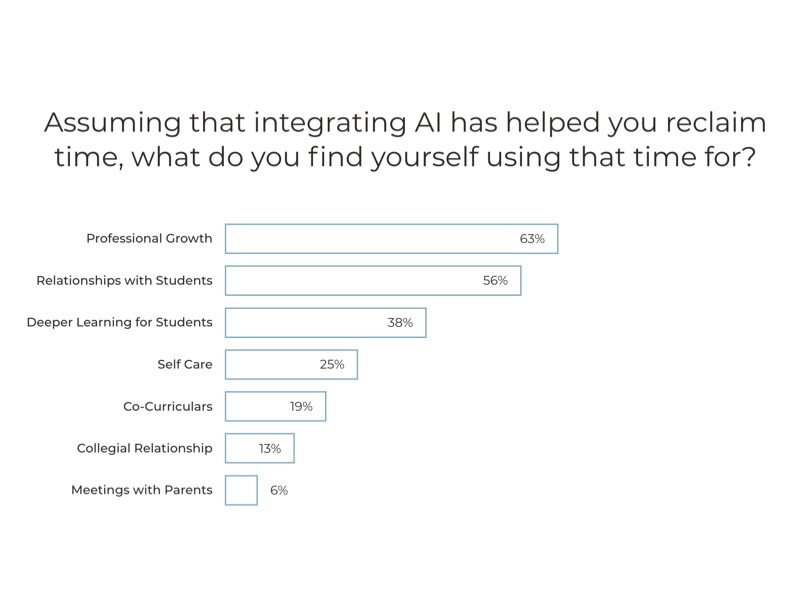
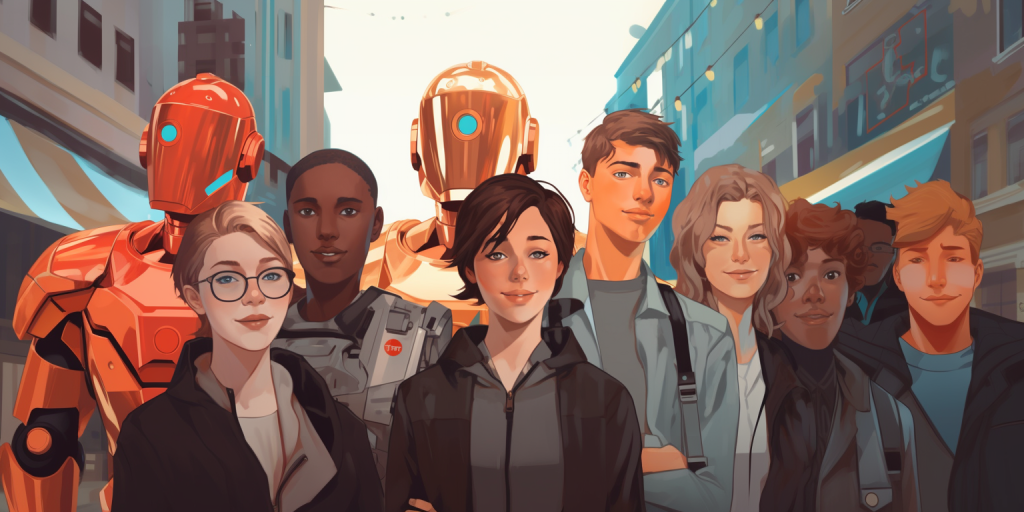
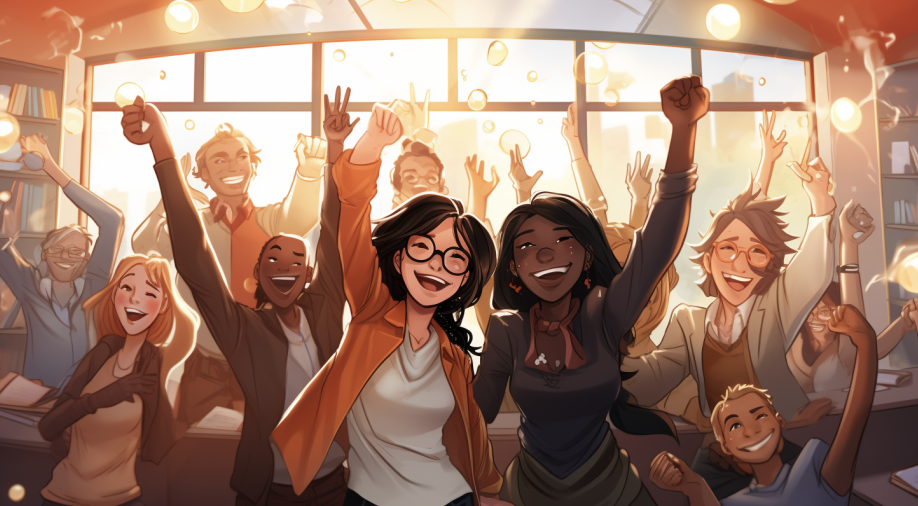
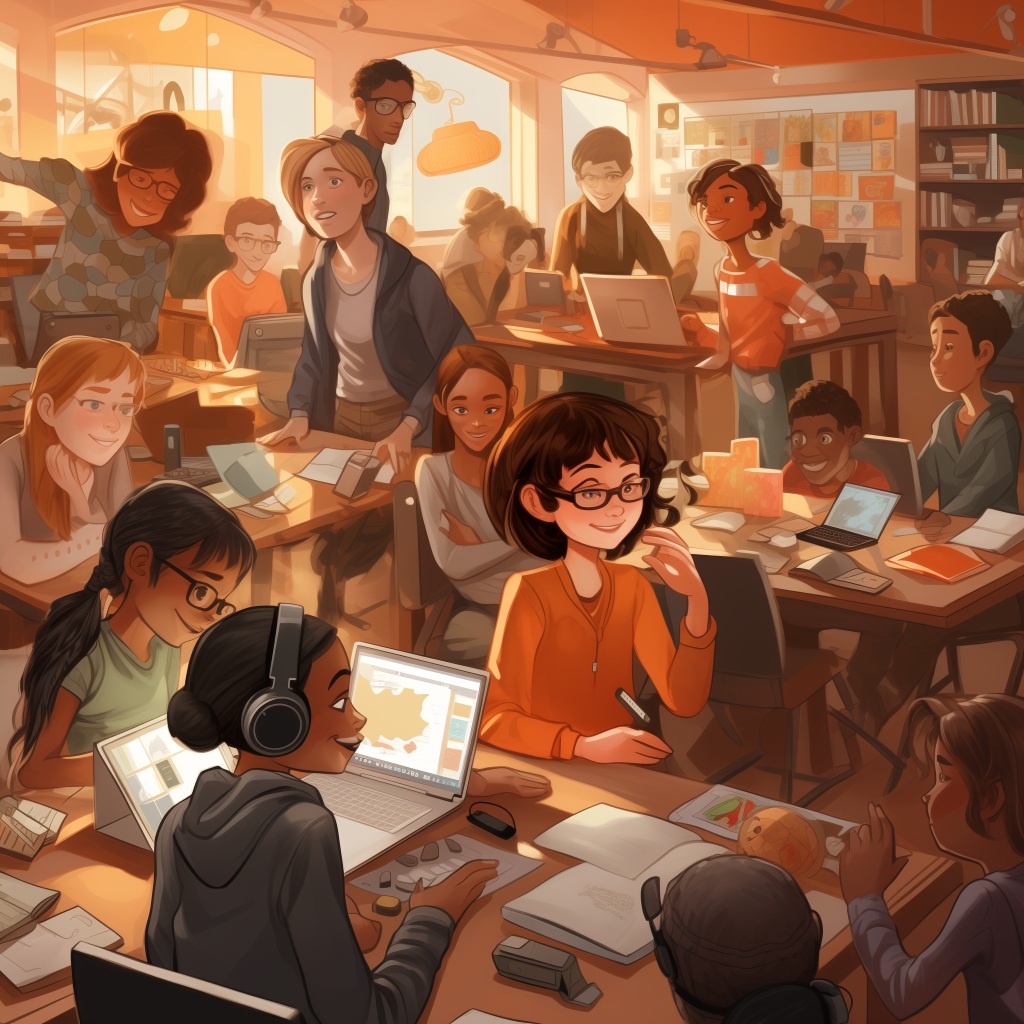




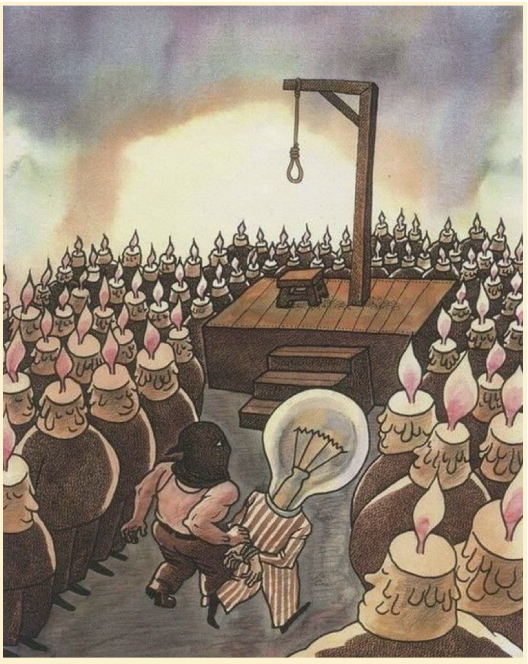
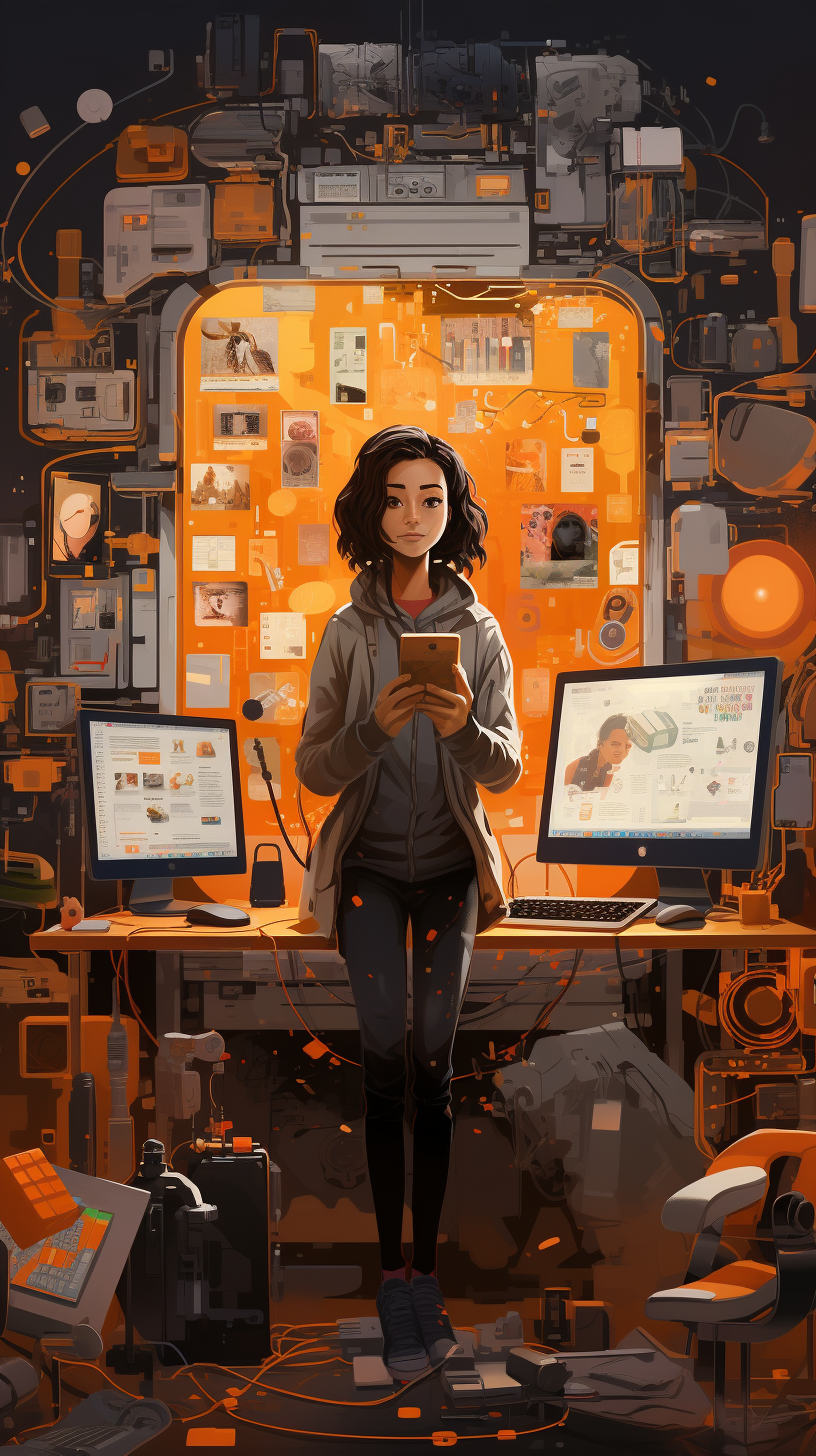
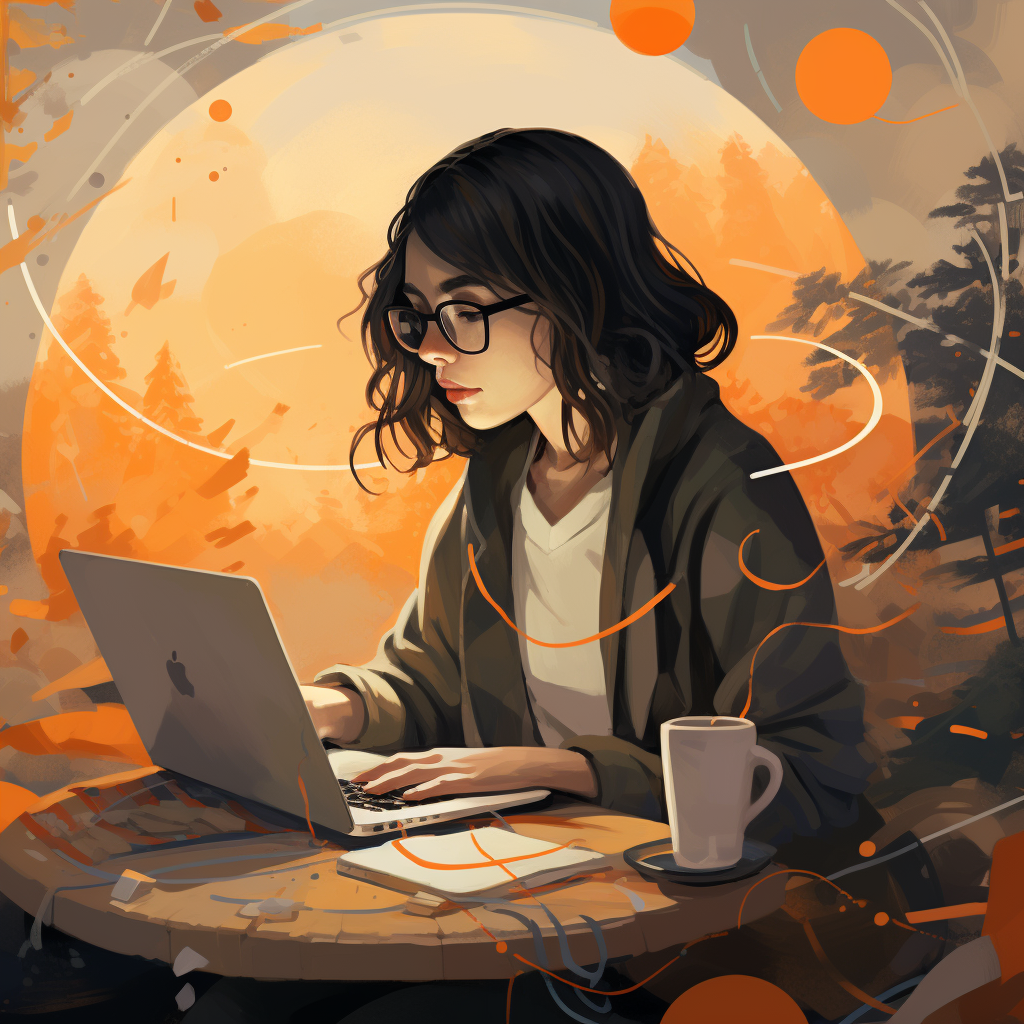

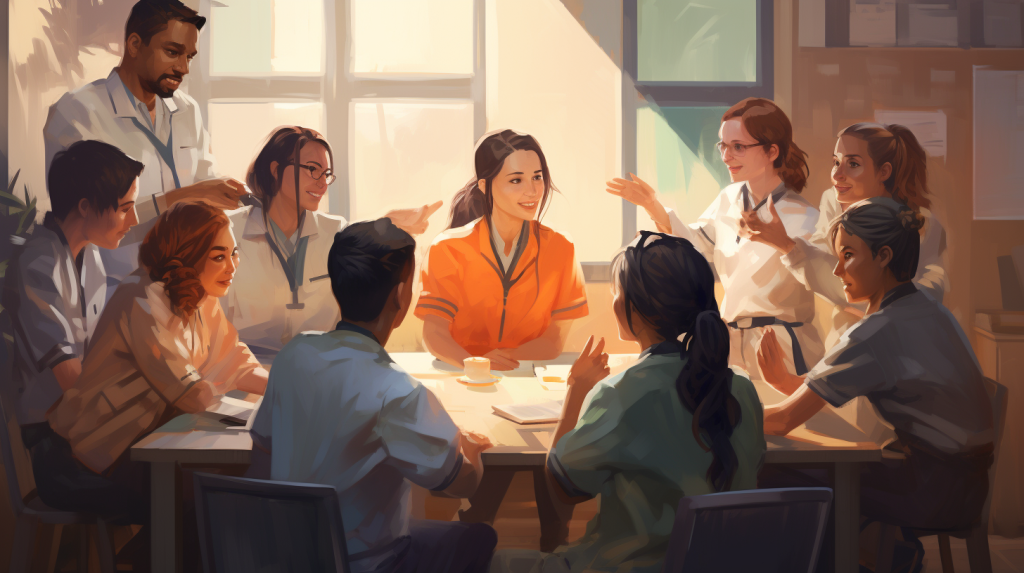
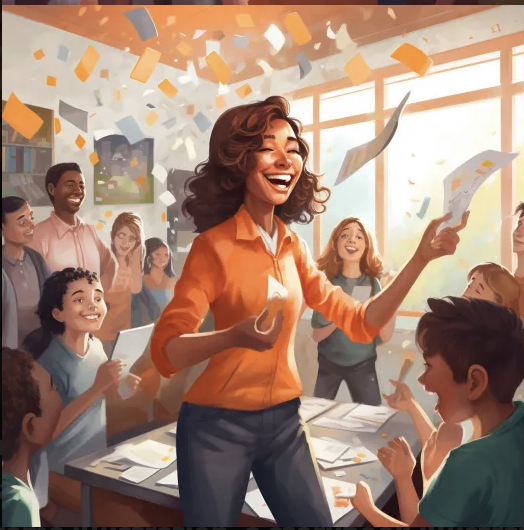



Leave a comment